The Rise of Nationalism in Europe
Nationalism refers to the sense of having a common national identity and history amongst the citizens of a nation. Nationalism began in Europe with the French Revolution in 1789 and resulted in the emergence of a nation-state; in which a centralized body elected by the citizens as the sovereign control over a defined territory. Prior to the revolution, France was a monarchy; however, during the revolution, many nationalist ideas such as La Patrie (The Fatherland) and Le Citoyen (The Citizen) were introduced to create a sense of collective identity and equal rights amongst the citizens.
The Spread of Nationalism
As the ideas of the French Revolution spread across Europe, many students and educated members of the middle class who were inspired by these events began setting up “Jacobin Clubs” all over Europe. The activities of these clubs paved the way to the French Armies to move into other European states and spread “Nationalist” ideas in the invaded states. The French Armies also carried many administrative reforms in the states that came under their control; for example, the Civil Code of 1804, also called Napoleonic Code, which banned all privileges based on birth and established Equality Before Law.
The French Revolution (1789-1799)
The French Revolution started on July 14, 1789. During this time, French people united to overthrow the monarchy and take control of their government. The French Revolution ended in 1799 when Napolean firmly established the French Consulate.
Causes
- France had fought many battles and its resources had been depleted. The people were suffering and this was not acknowledged by the king.
- Wages were low and the prices were high. Many poor people died of hunger. This made the poor hate the rich people who could eat well and survive.
Invasion of Russia and Napolean’s Exile
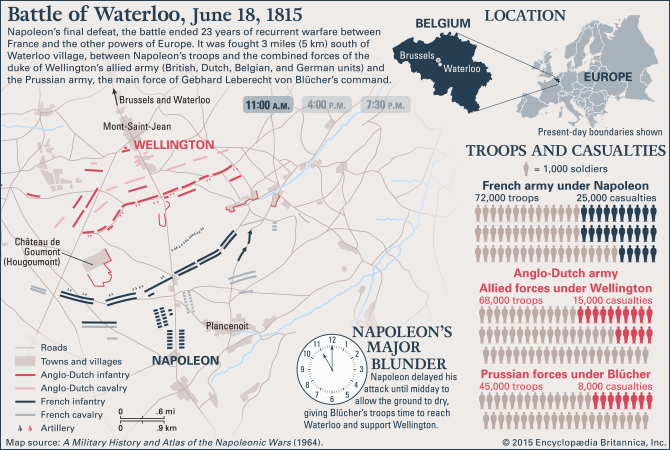
Napolean’s defeat in Russia led to his downfall. The Russians burned everything, leaving the French hungry and poor. After the defeat, Napolean exiled to Elba, and after the battle of Waterloo (1815), he was exiled to St. Helena where he died.
Abolition of Aristocracy
In Europe, the society was mainly divided into two classes- Aristocracy and Peasantry. The Aristocracy, though less in number, prominently dominated Europe in both the social and political spheres. The peasantry consisted of tenants and small landowners. They worked for the aristocratic lords.
The Congress of Vienna (1815)
After the demise of Napolean, a meeting was convened at Vienna (Congress of Vienna) where the representatives of European monarchs met and re-established the old system that prevailed before Napolean overthrew the government.
The Treaty of Vienna
- The Treaty of Vienna was drawn up in 1815 by representatives of Britain, Russia, Prussia, and Austria. They wanted to create a conservative order in Europe and undo the changes brought about by Napolean.
- The Bourbon Dynasty was restored to its original position.
- States were set up on the boundaries of France.
- Napolean’s German confederation of 39 states did not see change.
- The Netherlands was established to the north of France and Genoa in the south.
- Prussia controlled territories on the western frontier.
- Austria was in charge of northern Italy.
- Inspired by the movement in the United States, people started wanting more power over the government. They also did not want to be ruled by royalty and nobility anymore.
- After the Roman Catholic Church imposed a tax on crops in France, the poor suffered even more.
- People felt that all the privileges and rights were enjoyed by the Clergy and the Nobility and the rest had to pay taxes to the authorities.
Major Events That Led to The Rise of Nationalism
Bastille Day: This started the French Revolution. People stormed into the Bastille Prison, seeking to gain gunpowder and ammunition. They fought with the Governor until their demands were met. The 14th of July is now called “Bastille Day” and is the Independence Day of France.
Women’s March: October 5, 1789, witnessed Parisian women demanding Louis XVI to put an end to the nationwide shortage of food.
National Assembly: During a meeting in 1789, the meeting of the Estate General, financial problems, taxes, and political reforms were discussed. In the end, the 3rd Estate declared itself to be the only true government in France.
Tennis Court Oath: The members of the National Assembly met in 1789 and took an oath to keep meeting until a new constitution was drawn up.
Reign of Terror: 1793-1794 saw thousands of peasants and persons being executed for being disloyal.
Napolean’s Contribution To Nationalism
Napolean came to Power: Napolean Bonaparte carried out a sudden overthrow of the government and came to power in 1804.
Civil Code of 1804: Also known as the Napoleonic Code, this code established the concept of Equality Before Law. It also gave people the Right To Property. Napolean simplified administrative measures and abolished the feudal system. An improvement was witnessed in the transport and communication systems.
Nationalism Movements in Poland, Hungary, Italy, Germany, and Greece
Following the Congress of Vienna (1815) and Napolean’s death, there was a wave of nationalism all over Europe. Revolutions were taking shape in many countries. Ideas and rationales were being spread across the masses. People were struggling to achieve freedom and liberty for their country and countrymen. Every country was trying different tactics to achieve their goal of unification and freedom from all forms of tyranny.
Poland
Poland witnessed several movements throughout the 19th century. It was neighboured by Prussia and Russia. As time passed and people started questioning the way things were, the demand arose for self-governance. It was during this time that modern nationalism put its roots in Poland. This thought attracted many people because, at that time, this doctrine was new, dynamic, and revolutionary. During this period, Polish literature blossomed. Many literary works were created around the theme of patriotism and nationalism. Cultural movements like Philomaths eventually laid down the groundwork for patriotic awakenings that followed suit.
General Characteristics of the Movements in Poland
- Early stages of nationalism in Poland were in relation to the Polish-Lithuanian identity and were mainly represented by the Szlachta (the Polish nobility).
- This stage was characterized by civic and republican ideology.
- With the partition of Poland in the late 18th century, this ideology died. The great powers of Russia, Prussia, and Austria did not want to restore Polish independence.
- The Tsar was the monarch, and his powers were very limited in nature. The kingdom also had its own army and government.
- A rebellion broke out in 1830 when some Polish soldiers tried to assassinate the Tsar’s brother. With the help of the Russian army, the Polish army was crushed.
- The Poles (The Polish Army) rebelled in 1863, and it lasted for about 18 months. It was also a failed attempt. Following this event, the kingdom of Poland was dissolved, and it was given a new name, ‘Vistula Provinces.’
- It was in the 19th century that the Polish culture grew and the Poles formed the Nationalist League, the Polish Socialist Party, and the Christian Democrats.
Poland went on to regain its freedom after World War I. It was on 14 November 1918 that Pilsudski became the provisional head of the state and a new constitution was published in 1921.
Hungary
The Hungarian Revolution started on 15 March 1848. It lasted for 1 year 6 months and 19 days. This revolution aimed at achieving independence from the Austrian Empire that was then ruled by the Habsburg dynasty.
Key Points of the Nationalism Movement in Hungary
- The Diet of Hungary, a separate parliament, governed the administration of the kingdom till 1848. The central government structures of Hungary were very well separated from Austria.
- After the passing away of Joseph II, the Holy Roman Emperor, Hungary’s development came to a halt. This greatly angered intellectuals who were staunch followers of the ideas that were birthed by the French philosophy.
- The members of the Hungarian Jacobins were in favour of a federal republic in Hungary, and their movements were considered revolutionary by many. These members could not force a change in the dynamics of the Hungarian parliament but they inspired many people like Sandor Petofi and Mor Jokai, who eventually led the Hungarian revolution of 1848.
- The concept of Nationalism in Hungary was a little confusing because it had many different ethnic groups and the loyalties were conflicting. The region had Croats, Serbs, and Slovenes. Some of these groups were loyal to Austria and that made things very difficult.
- The Hungarian revolution might have been squashed really quickly had it been an isolated event. The revolution was accompanied by nationalist movements in Vienna and Italy.
- Hungary proved to be a tough opponent to Austria. To combat the Hungarian revolution, Austria joined forces with the Russian counterpart and formed the Holy Alliance. With the help of the Russian army, Austria succeeded in defeating Hungary. Eventually, martial law was applied over Hungary.
Italy
The Risorgimento (resurgence) was the movement to unite Italy into a single political and cultural entity. This ideology was first spread by Giuseppe Mazzini and then by Giuseppe Garibaldi. However, they failed to achieve democracy. Eventually, it was Camillo di Cavour who was able to unite Italy under the Sardinian rule.
Key Points of the Rise of Nationalism in Italy
- In 1844, the Bandiera brothers plotted to raid on the Calabrian coast against Two Kingdoms of Sicilies to show their support towards the unification of Italy. They, along with their companions, were executed and some say they cried “Viva L’Italia!” (“long live Italy”) as they died. This incident had a deep impact on all the Italians.
- The pitiful state of the lower classes in Italy is what led to the historic Italian revolution in 1848. As a result of inflated hunger in 1846 and 1847, the Italians were facing hunger problems, inflated prices of everyday commodities and were ill-treated by the rich and conservative ruling class. All these factors led to riots throughout the nation.
- The state of Piedmont-Sardinia drove all energy towards the unification of Italy. It was the efforts of Charles Albert and Pope Pius IX that reforms were brought about in the nation’s legal system. The ideology of nationalism was spreading and numerous demonstrations were witnessed in Turin, Genoa, and Piedmont.
- Eventually, the demand for a new constitution was fulfilled when Charles Albert presented the “Statuto”. This document gifted the people of Italy with civil rights. This document gave them more fuel to strive for Italy’s unification and demanded a representative government.
Germany
German nationalism also directs towards the ideology of a united German nation-state. The seeds of German nationalism were sown during the Napolean wars. In 1848, revolutions broke out across various German states.
Key Points of German Nationalism
- The conclusion of the Congress of Vienna dissatisfied the people of Germany. During the rule of Napolean, the Germans had experienced democracy, and they were caught unprepared to live oppressed under a despotic system.
- Following this declaration at Vienna, people started preparing for a revolt with the aim of demanding a constitution for each state. They were fuelled by the concepts of liberty and unity. Teachers and students formed secret societies known as Burschenschaft. To spread this ideology and to uplift the spirits of people, a patriotic festival was also held in 1817 in Germany.
- Revolts had broken across the nation but the revolutionaries witnessed no success. In the 1850s, the German nationalists started believing in military power. The nationalists wanted to see change and progress. Bismarck used this fire to weaken destroy the political threat against Prussia’s conservatism.
- Prussia won against German in the wars of unification – The Second Schleswig War of 1864, the Austro-Prussian War of 1866 and the Franco-Prussian War of 1870. Somewhat of a consolation, a ‘Lesser Germany’ was founded in 1871, with the King of Ashwin at the throne. Bismarck became the Chancellor.
- Following this, after 1871, German nationalists started using the themes of social Darwinism, racialism and messianism based on the concept of the community of its people (Volksgemeinschaft).
Greece
The Greeks wanted freedom from the Ottoman Empire. They thought of Ottoman Turks as inferior to them and were inspired by the ideas of liberty and freedom after the French Revolution.
Key Points of the Rise of Nationalism in Greece
- The Greeks thought their Russian Christians would help them in overthrowing the Ottoman Empire and started laying the ground for a revolt under this disbelief.
- The first such revolt was in Moldavia, and it was a failure as the Greeks were crushed. The War for Greek independence began in 1821 and continued till 1832. After the failure in Moldavia, revolts broke across Peloponnese and on numerous other islands. The rebels successfully gained control of Peloponnese.
- The Turks tried to invade Peloponnese thrice but were unsuccessful in their attempt to retrieving that territory. Due to internal conflicts and civil wars, the Greeks could not expand their territory as swiftly as they wanted to. The Turks were successful in invading Peloponnese, Athens, and Athenian acropolis with the help of Egyptian forces.
- The big Europeans powers swooped in, offering to mediate between the Turks and the Greeks. When the Turks did not agree; Britain, France, and Russia destroyed the Egyptian forces. The Russo-Turkish war continued in 1829.
- Finally, the London protocol was adopted in 1830, which declared Greece as an independent state. By the treaty of Constantinople in 1832, the Turkish sultan also recognized Greek’s independence.
The Fag End of Nationalism in Europe
By the last quarter of the nineteenth century, “Nationalism” lost its liberal-democratic sentiment. Nationalist tension during that time was most serious in the Balkans region, which was under the Ottoman Empire.
A Precursor of The First World War
The Balkans wars led to the First World War in 1914, which destroyed most of Europe.
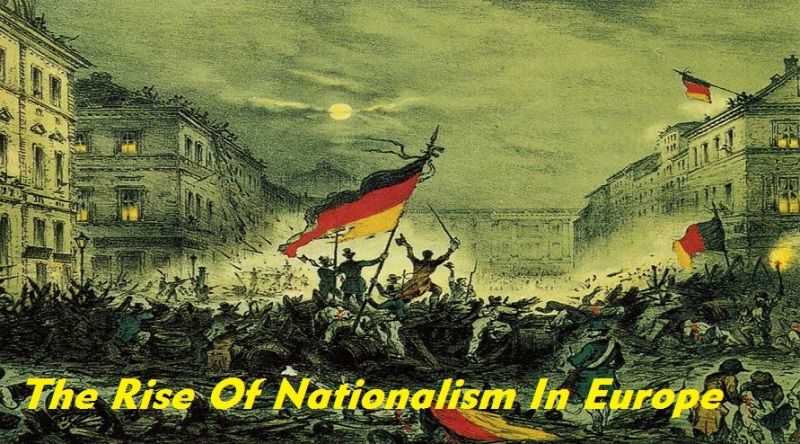
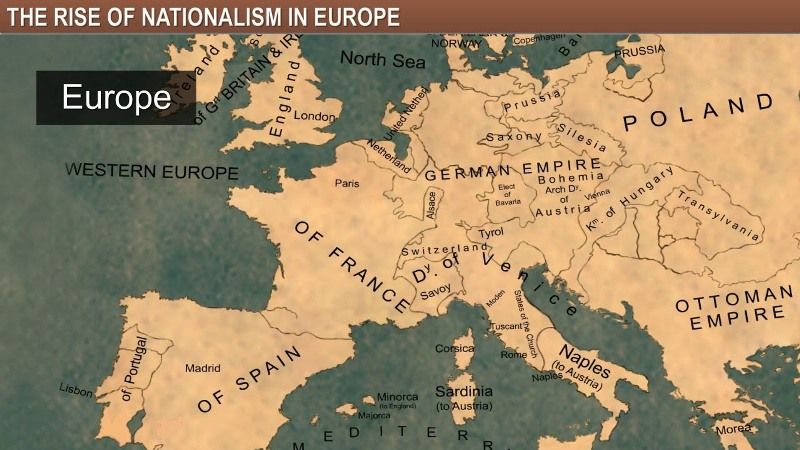
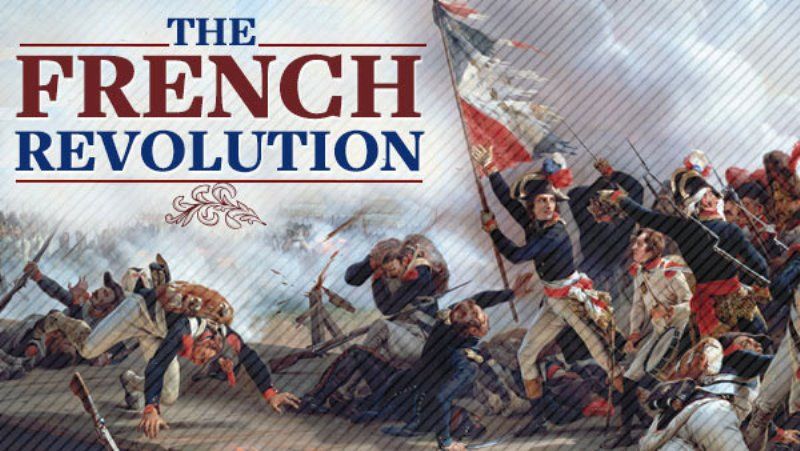



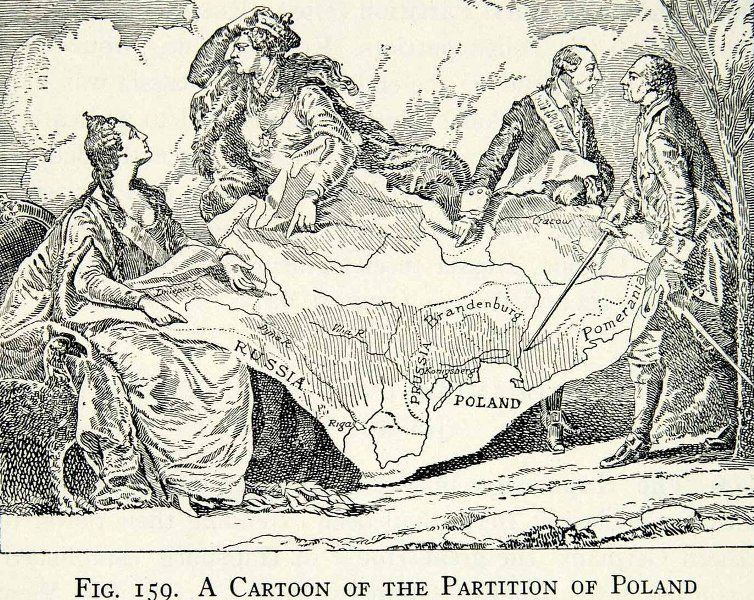
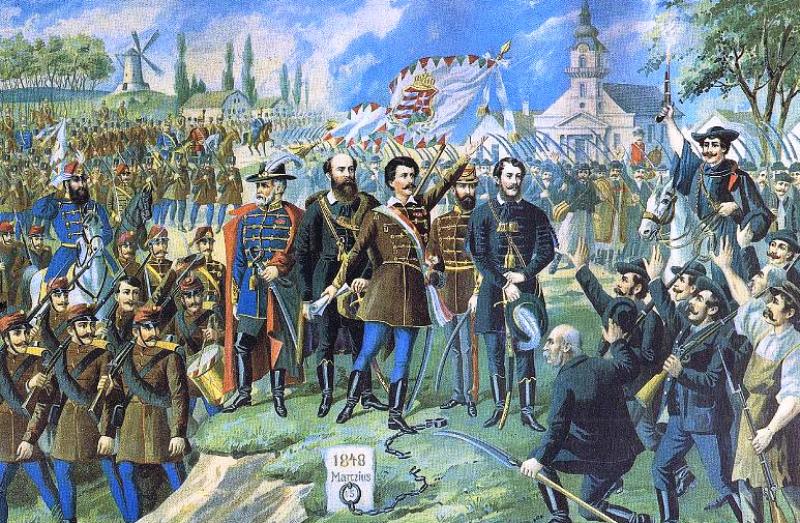
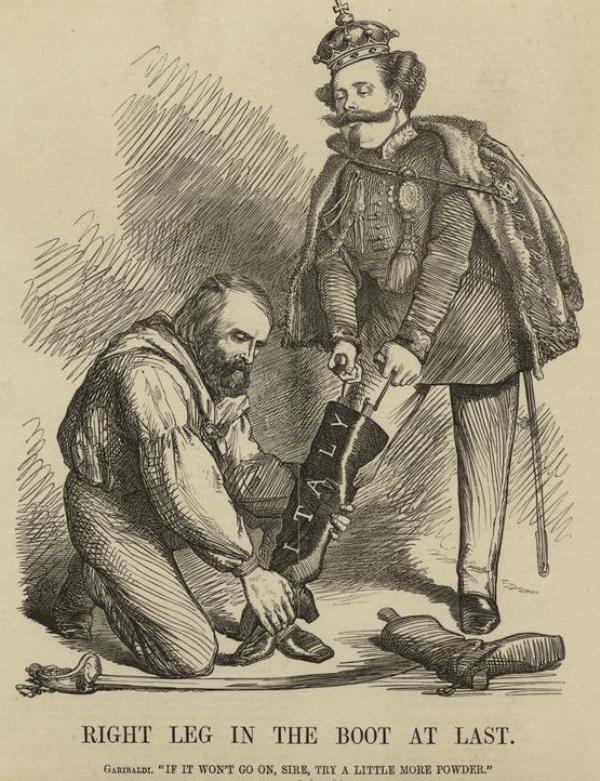
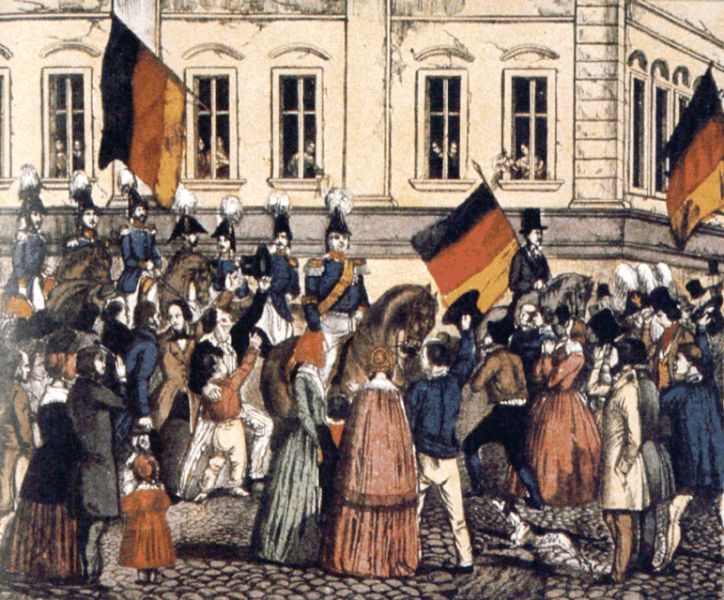

Comments
Post a Comment
Let QNA know what you feel ...